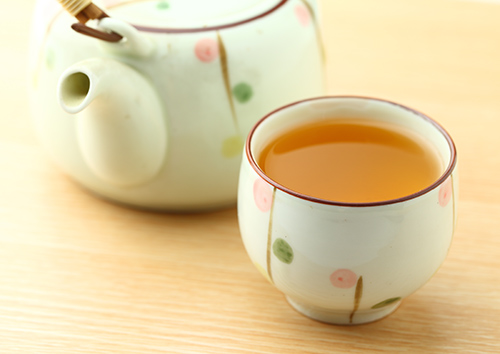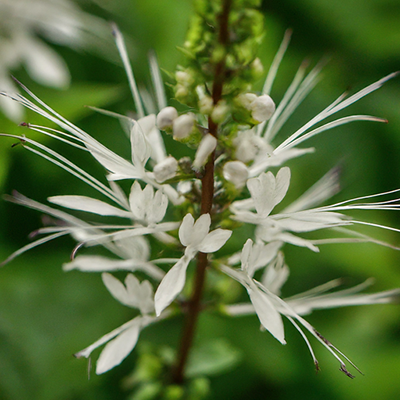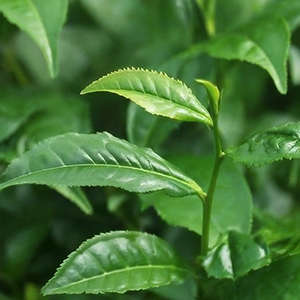Contents
Orthosiphon tea, or Javan tea, has been used in Indonesia and other Southeast Asian countries for many years. Dutch traders introduced it to Europe in the late 19th century. Its pleasant aroma and remarkable medicinal properties have made it spread worldwide.

Orthosiphon Tea Scientific Facts
- Scientific Name: Orthosiphon grandiflorus Bold.
- Other Names: Javan tea.
- French: Orthosiphon.
- Spanish: Ortosifon.
- Environment: Native to the island of Java (Indonesia) and spread all over Burma (Myanmar), Thailand, the Philippines, and northwest Australia.
- Description: This vigorous plant of the Labiatae family grows from 40 to 60 cm high. It has a quadrangular stem and spiked flower clusters that are purple, bluish, or white.
- Parts of the plant used medicinally: Leaves and flowers.
Healing Properties

Though the composition of the orthosiphon tea plant is still not well-known, it contains a high amount of potassium salts, to which it owes its diuretic properties and a bitter component that explains its cholagogue properties. Moreover, it contains terpenic derivatives (orthosiphonol), saponins, choline, and essential oil.

Energetic diuretic—It promotes the elimination of nitrogenic organic waste (especially urea). It is recommended for renal insufficiency, fluid retention (edema and ascitis), and renal lithiasis. However, its main application complements weight loss diets due to its diuretic, depurative, and anticholesterol properties. How it reduces the level of cholesterol in the blood is still unknown.
Cholagogue is used for disorders of gall bladder dysfunction, generally caused by atony (laziness) of the gall bladder. Because of its cholagogue properties, it promotes the emptying of bile.
How to use Orthosiphon Tea
- Infusion with 20 to 30 grams of leaves and flowers per liter of water, drinking one cup before each meal.
DISCLAIMER: All content on this website is presented solely for educational and informational objectives. Do not rely on the information provided as a replacement for advice, diagnosis, or treatment from a qualified medical expert. If you are pregnant, nursing, or have any preexisting medical concerns, talk to your doctor before using any herbal or natural medicines.
REFERENCES
- George D. Pamplona-Roger, M.D. “Encyclopedia of Medicinal Plants.” George D. Pamplona-Roger, M.D. Encyclopedia of Medicinal Plants. Ed. Francesc X. Gelabert. vols. 2 San Fernando de Henares: Editorial Safeliz, 2000. 653. Print.
- National Institutes of Health (NIH) – https://www.ncbi.nlm.nih.gov/pmc/articles/PMC4739497/
- NIH – https://pubmed.ncbi.nlm.nih.gov/22023655/
- NIH – https://pubmed.ncbi.nlm.nih.gov/24259015/
